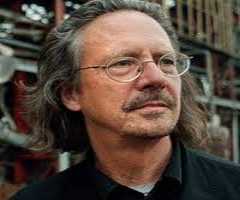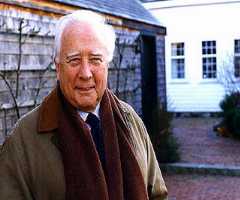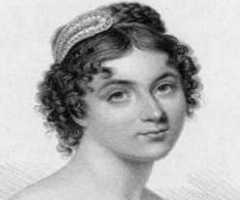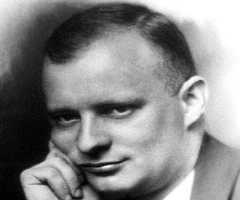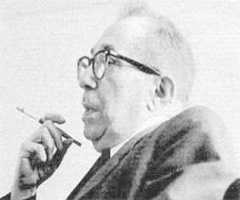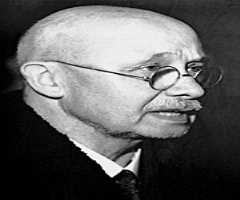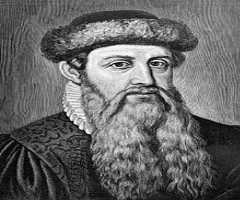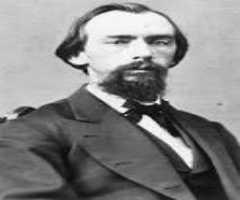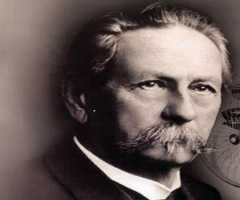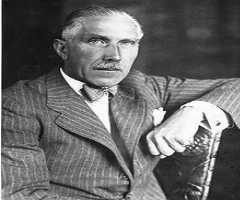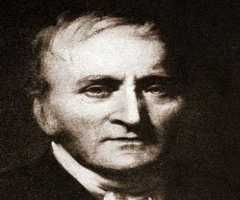Johann Wolfgang von Goethe Biography, Life, Interesting Facts
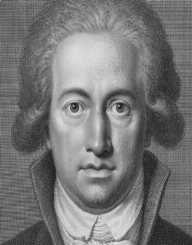
Birthday :
Died On :
Also Known For :
Birth Place :
Frankfurt am Main, Hesse, Germany
Zodiac Sign :
Johann Wolfgang von Goethe was a famous German writer and statesman. Born on August 28, 1749, his works entails, prose and verse drama, poetry, epic, a treatise on botany, anatomy and botany and color, literary and aesthetic criticism and memoirs among several others. Johann Wolfgang von Goethe has about 10,000 of his letters, 3,000 drawings and some fragments of his literary and scientific works still existing. Johann Wolfgang von Goethe gained popularity at age 25 with his literary works like The Sorrow of Young Werther and became a member of the Sturm und Drang literary movement. Some of his famous works include the scientific work Metamorphosis of Plants, 1788, the novel, Wilhelm Meister’s Apprenticeship the epic Hermann and Dorothea and the drama Faust.
In 1782, Johann Wolfgang von Goethe was raised in status by the Duke of Saxe-Weimar, Carl August and became a member of the Duke’s Privy Council. Johann Wolfgang von Goethe instrumental I the planning of the Weimar botanical part and rebuilding of the Ducal Palace, both of which were designated as UNESCO World Heritage Sites in 1998.
Early Life And Education
Johann Wolfgang von Goethe was born to Johann Caspar Goethe and Catherina Elizabeth Textor on August 28, 1749, Frankfurt. He had a sister Cornelia Friederica Christiana. Goethe was homeschooled at his early by a private tutor and his father. Johann Wolfgang von Goethe learned languages like English, French, Latin, Greek and Hebrew and other common lessons at the time during the period. Johann Wolfgang von Goethe also had lessons in fencing, riding, and dancing. Growing up, Johann Wolfgang von Goethe had an interest in drawing and later shifted that passion to literature with Friedrich Gottlieb Klopstock and Homer being his favorite writers. He also had passion for reading history and religion books. He enrolled at Leipzig University in 1765, where Johann Wolfgang von Goethe studied law but left in 1768. While there he took interest in attending poetry lessons under Christian Furchtegott Gellert than the study of judicial rules.
Johann Wolfgang von Goethe wrote several works during that period including Annette, which he wrote about Anna Katharina Schönkopf, a lady he fell in love with at the University. Johann Wolfgang von Goethe continued his studies at the University of Strasbourg in 1770, after a year and a half illness. While there, Johann Wolfgang von Goethe made friends with Johann Gottfried Herder and would influence his intellectual development and interest in works of Shakespeare and Ossian. Some of his literally work around this time was "Willkommen und Abschied," "Sesenheimer Lieder" and "Heidenröslein."
Career
In 1771, Johann Wolfgang von Goethe received his law degree and commenced his law practice. He faced difficulties during the early stage of his law practice since he approached his cases vigorously, was normally reprehended. This continued for some sometime, hence ended his law practice abruptly. Johann Wolfgang von Goethe then decided to commence a literary career, which he has always loved to. Johann Wolfgang von Goethe worked on the drama, Gotz von Berlichingen, which was a rework of the biography of a noble highwayman who took part in the German Peasant’s War. Johann Wolfgang von Goethe relaunched his law practice in Wetzlar in 1772. His famous work The Sorrow of Young Werther was published in 1774. The book gained him worldwide recognition but achieved less financially as copyright law was not in existence.
Early Years In Weimar
Johann Wolfgang von Goethe popularity surged with The Sorrow of Young Werther, and that gained him an invitation to the court of Karl August, Duke of Saxe-Weimer-Eisenach in 1775. Johann Wolfgang von Goethe would live in Weimar his entire life and hold various positions including becoming the chief adviser and confidant of Karl August when he became the Grand Duke 1785. Johann Wolfgang von Goethe became in charge of the War Commission of the Grand Duchy of Saxe-Weimar in 1779and also headed the Mine and Highway commissions. For almost two and half years, Johann Wolfgang von Goethe held the position of chancellor of the Duchy’s Exchequer when his predecessor resigned the position in 1782.
In 1782, the Duke ennobled him, and that is shown with the “von” in his name. Johann Wolfgang von Goethe was strongly involved in human trafficking and mercenary slave trade during his position as the Saxe-Weimar War Commission and forcedly sold political dissident, criminals and other vagabonds in the Prussian and British Army during the American Revolution. This drew several criticisms from the German intellectual contemporaries. Johann Wolfgang von Goethe spent two years in the Italy peninsula and Sicily, from 1786 to 1788 and that proved very fruitful in terms of his aesthetic and philosophical development. Goethe was instrumental in the battle of Valmy against the French Revolution in 1792, where he assisted Duke Karl August. He also took part in the Siege of Mainz and a military observer and assistant to Karl August.
Personal Life
Johann Wolfgang von Goethe was married to Christine Vulpius on October 19, 1806, at Jakobskirche in Weimar. They have five children, but only Julius August Walter von Goethe survived infancy. Christiane died in 1816. Goethe had a relationship with Ulrike von Levetzow but could not marry her because of an opposition from her mother. Goethe died of heart failure in 1832 in Weimar. He was interred in the Ducal Vault at Weimar Historical Cemetery.
Literary Work
Some of Goethe literary works include Wilhelm Meister Apprenticeship, the drama Iphigenie auf Tauris, Egmont, Torquato Tasso and Reineke Fuchs. Others include Wilhelm Meister’s Journeyman Years, the Roman Elegies, The Natural Daughter, Faust Part One, Elective Affinities, West-Eastern Divan and the autobiography Aus meinem Leben: Dichung und Walrheit (From My Life: Poetry and Truth) among several others.
Scientific Work
Johann Wolfgang von Goethe had a great interest in natural sciences, did several works morphology and color theory. He had the largest private collection of minerals in Europe and at the time of his death, had 17,800 rock samples in his study of geology. Through the study of the skull of an elephant, Goethe discovered the human intermaxillary bone also called the Goethe’s bone. He also worked in other science fields including botany.



